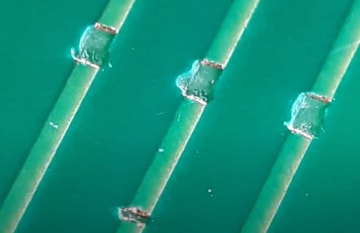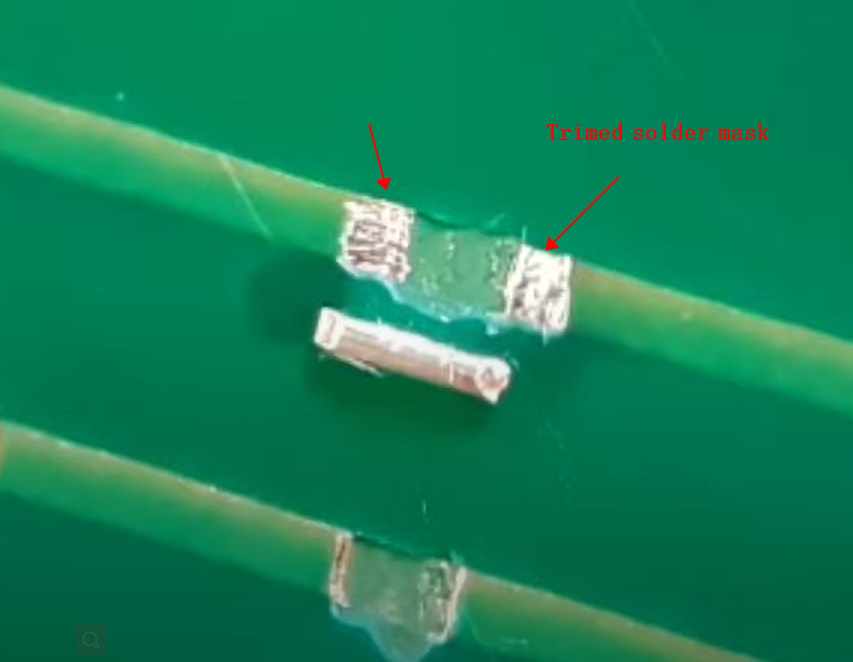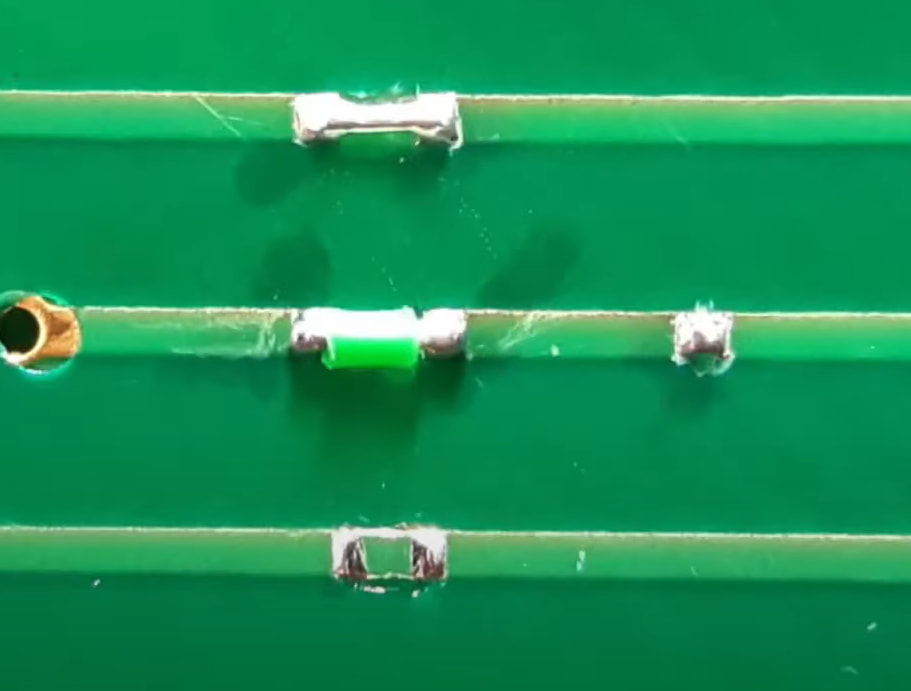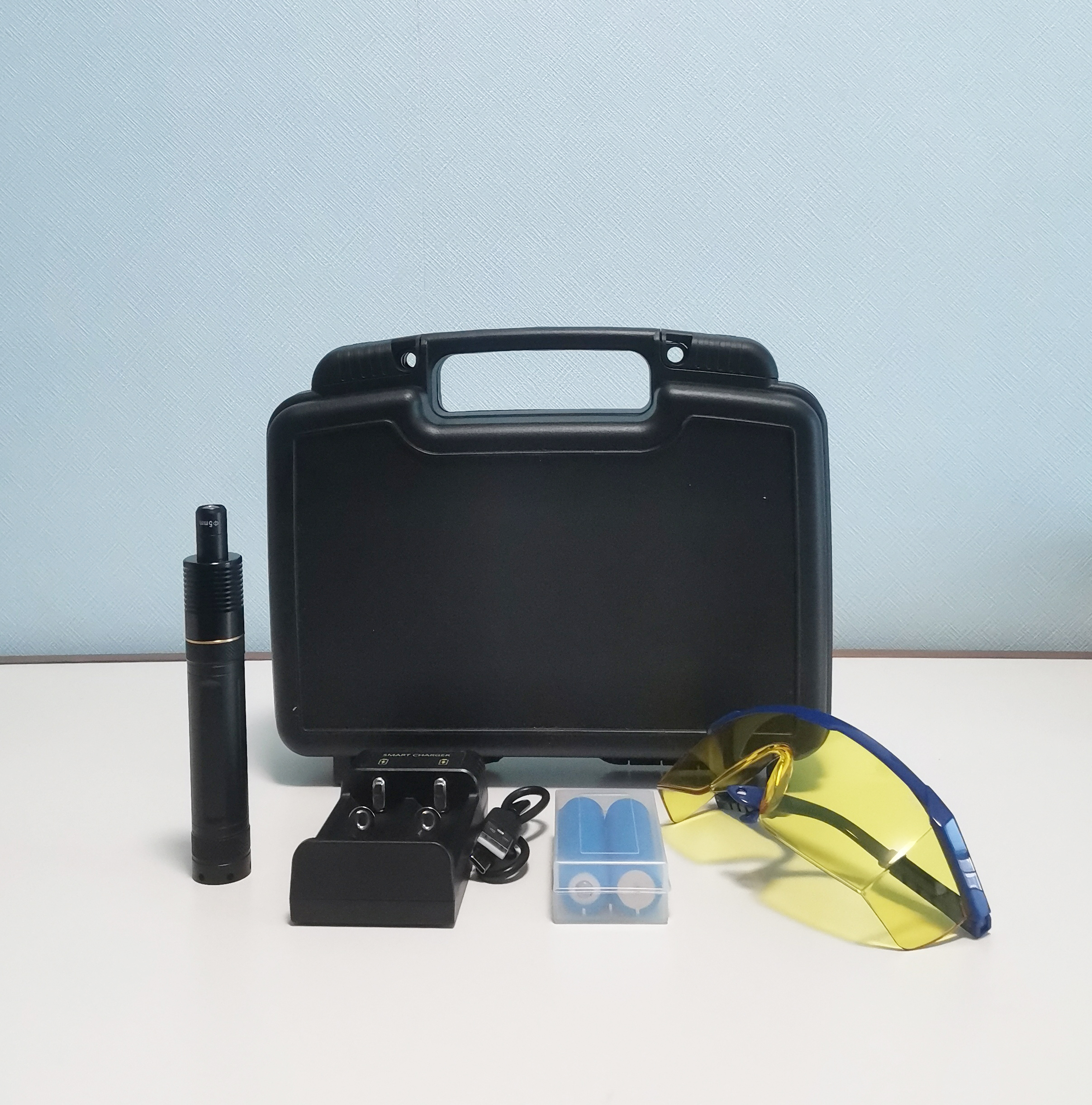Rigid-flex circuit board is made of rigid circuit board and flex circuits which combines the rigidness of PCB and flexibility of the flex circuits. It is widely used in various electronics applications range from consumer electronics, medicals, aerospace and wearables. For those wide usage, may some designers or engineers had ever faced such a common difficult that traces be cut or broken accidentally when using or assembling. Herein, we summarized general steps to cut traces on a Rigid flex circuit board repair.



Please note that the use of images and links should comply with ethical and legal standards, and should provide value and a good user experience to the audience. It is also important to follow the rules and policies of the forum or website to avoid being banned or penalized.
- Gather the necessary tools
- Identify the cut traces
- Clean surrounding area

- Trim and expose the copper on cut trace

- Prepare the copper foil
- Position the copper foil
- Solder the copper foil

- Test the repair
- Inspect and trim the repair
- Test the circuit
Please note that the use of images and links should comply with ethical and legal standards, and should provide value and a good user experience to the audience. It is also important to follow the rules and policies of the forum or website to avoid being banned or penalized.
Last edited by a moderator:

